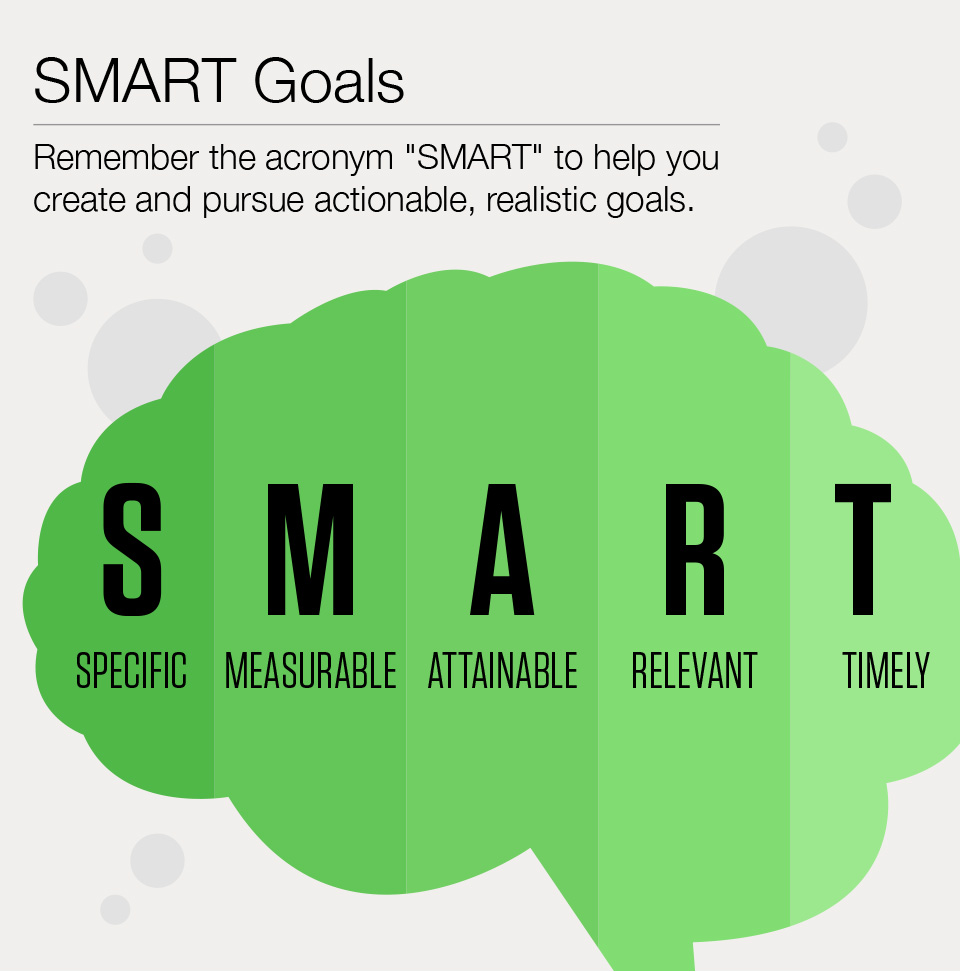Do you have clear retirement goals, and are they achievable? Unfortunately, many people don’t, and it’s understandable. Sometimes we’re overwhelmed dealing with short-term needs and can’t focus on long-term goals.
More than one-third of all Americans have saved nothing for retirement. According to a 2016 Retirement Confidence Survey conducted by the Employee Benefit Research Institute, 26% of Americans say they have less than $1,000 in savings and investments, and just 24% of boomers are confident they’ll have enough to last through retirement.
Focusing on the short-term instead of the long-term certainly can help you deal with many day-to-day challenges, but it won’t get you to retirement. Believe it or not, there is a way to address both short- and long-term needs, whether you’re just starting out in your adult life or if you’re already well into your career and family-raising years.
Is Your Goal Specific?
What do you want to achieve? Outline detailed goals and be clear about what you want. Being precise about each goal you want to accomplish, and how you want to get there, can help motivate you to stay the course.
How to: If, for example, retiring by age 65 is your long-term goal, answer these questions:
- What does my ideal retirement look like?
- How much will I need to make this happen?
- How am I going to get the money for this?
By the time you’ve answered these questions, you should have a specific plan, like: I want to retire at age 65 with $1.5 million saved.
Make Sure It’s Measurable
If you can see it, you can do it. Use a financial calculator, such as the TD Ameritrade Retirement Calculator, to gauge your progress and calculate what you still need in order to achieve your goal. Seeing your progress will help keep you motivated and committed to achieving your goal.
How to: When assessing your long-term goals, such as retiring by age 65, outline precise, yearly steps for the funds you need to save. Each year, check on your progress, compare it to your goal, and make adjustments as needed.
Is Your Goal Attainable?
Your goals can be challenging, but they shouldn’t be impossible. Be realistic about what you want to accomplish, and do enough research to decide if your goal is actually achievable. If it seems like it’s out of reach, adjust some variables to make it attainable.
How to: Maybe retiring at age 65 with $1.5 million is a bit out of reach for you right now. Consider adjusting your plan:
- Can you change your retirement age to 67?
- Can you save $900,000 instead?
- Can you cut back some expenses?
Work to balance out the variables to make your goal realistic and achievable.
Make It Relevant
Your financial goals should matter to you. The road can get pretty rocky if you don’t enjoy the journey, so don’t choose arbitrary goals. Furthermore, you’ll need to decide what resources will be put toward your goal. How will this affect other areas of your life?
How to: When setting your retirement goal at $1.5 million by age 65, consider the other financial aspects of your life this goal could impact. Ask yourself:
- If you have a family with expenses—will this impact their financial needs?
- Do you have a hobby or a membership whose cost will impact achieving your goal?
- Will you have to rebalance your goal or give up some other dreams?
Give It a Timely Deadline
Any goal should have a time stamp. A deadline helps create a sense of urgency and priority. It also give you something to look forward to—a realistic end date.
How to: Creating an overall deadline for your goal can help you break down the timeline into smaller, more manageable steps, such as:
- What can I do this week to achieve my goal?
- This month?
- Within the next quarter?
If you can approach your financial planning honestly and objectively, using something like the SMART criteria, you can be more confident that you’re on track with your overall financial plans and on your way to that ideal retirement.
Examples used in this article are for illustrative purposes only and are not intended to be a suggestion or recommendation.



